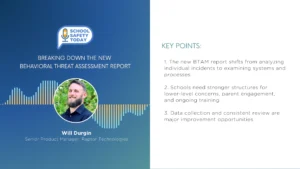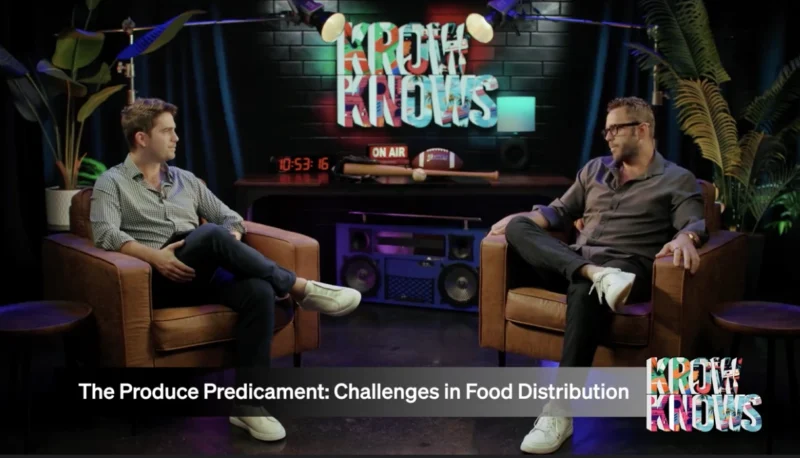Tips for Starting a Restaurant: Begin by Managing Your Expectations
You’re on the verge of achieving your dream and bringing a vision to life – it’s nearly time to open your own restaurant, and you’re ready to change the food industry as we know it.
However, without careful management of your expectations for your new adventure, you could stumble before the race has even begun.
By understanding the gap that exists between the vision in your head and the reality of running your own place, you can better prepare yourself for the long road ahead.
With that in mind, here’s a look at some tips for starting a restaurant merging your lofty goals and reality.
1. A great family recipe doesn’t equal an instant customer base or lasting business.
You may indeed have the best steak in town, but that isn’t enough to guarantee success. For many, starting a restaurant is a way to share their passion for a particular dish or cuisine, but you can’t forget to step out of the kitchen and worry about the nitty-gritty of running your new venture. Finances, staffing, concept creation, promotion – there are many, many aspects to running a business, and restaurants don’t fall outside that arena simply because you have the best menu. It certainly helps, but you need to back it up with strong support and a holistic approach.
2. Working in a restaurant doesn’t mean you can run one – yet.
Experience in the food industry is never a bad thing, but simply having a feel for the ins and outs of how a restaurant operates isn’t enough to be ready to hit the ground running. Spend some time getting help regarding every aspect of your business and your plan of attack – running your own restaurant is a whole new ballgame, but you can leverage previous experience with a commitment to improving every aspect of your skills as an owner to make magic happen.
3. Your competition is a lot broader than simply other restaurants.
Gone are the days of competing with the seafood place a few blocks up – the food service industry is adapting nearly constantly to provide consumers with more and more ways of getting what they’re craving. Food delivery apps, services that deliver meals or ingredients straight to the consumer’s home, fast-casual spaces on every corner, and even an increasing desire to eat clean and cheap at home can impact your market share. You can overcome those challenges, but only if you acknowledge that they exist in the first place.
4. Owning a restaurant requires a delicate work-life balance.
There’s no sugarcoating it – owning a restaurant means tough decisions, hard work and long hours. If you have a family, it also means increased time away from them, particularly when you’re just getting off the ground. The goal is to eventually be profitable enough to take a step back and manage your place at a higher level, but the beginning stages are a hands-on affair. Don’t sink all your time into your work, but be prepared to strike a balance.
5. You’ll need to pay attention to a bevy of easily missed costs and requirements.
Don’t lose the trees for the forest, to turn an old cliché on its head. While you’re focusing on the big picture, little aspects of the journey to success might pass you by. Does the dining room have all the utensils it needs? How many glasses did your bartenders break last month, and have you replaced them? The minutiae can turn success into failure and vice versa, so don’t forget to break out the fine-tooth comb every now and again.
Don’t Be Intimidated – Be Excited
Fortunately, it’s not all doom and gloom – owning a restaurant can be a rewarding, fun and, eventually, profitable experience, especially when you enter this phase of your life with realistic expectations and a commitment to do the work required to succeed.
To learn more about how SandenVendo America can help you on your journey, visit vendoco.com/innovative-technology.









